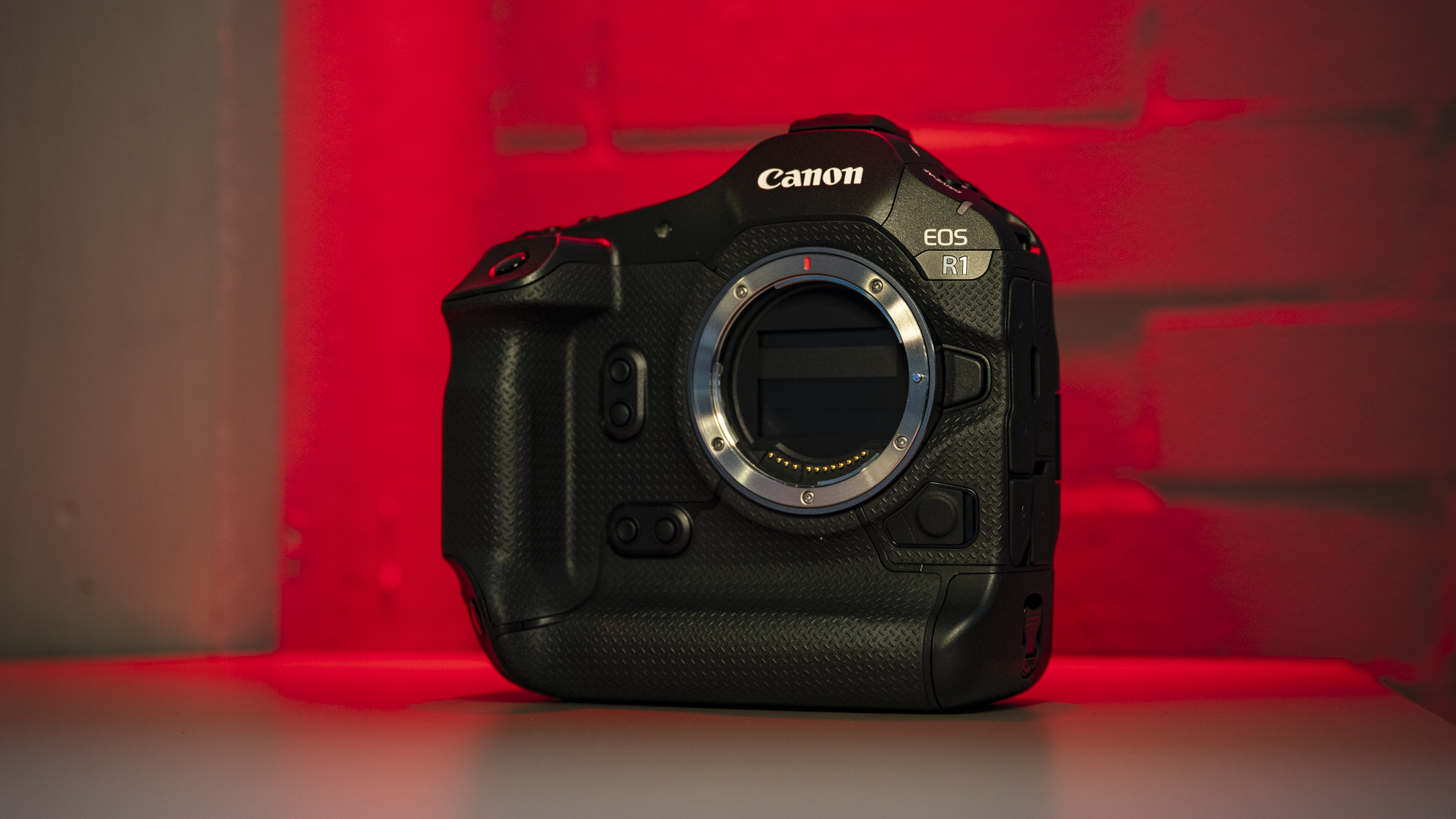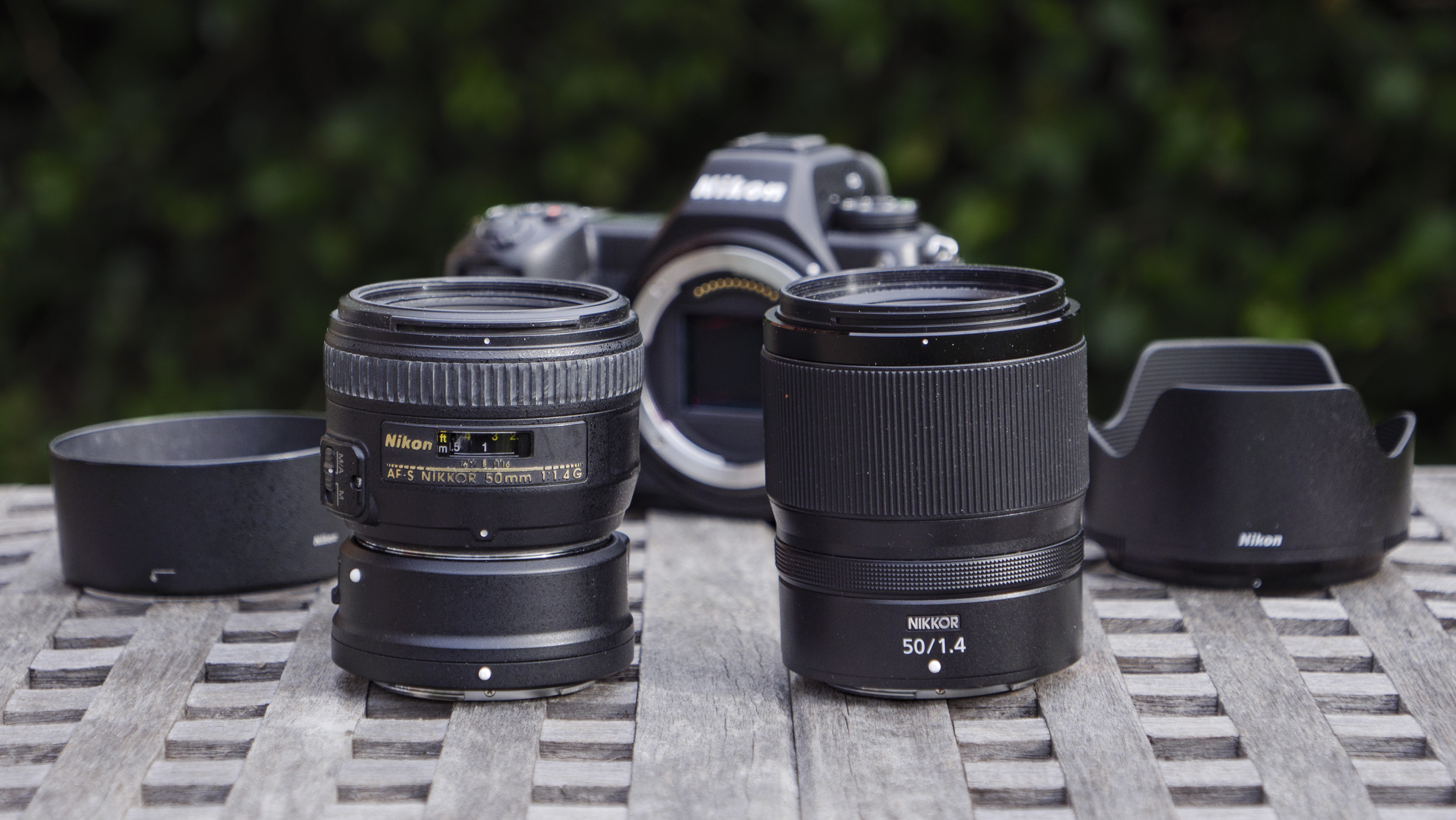Canon and Nikon camera prices jump in the US by up to $500 – here are the models most affected
Tariffs begin to bite, but there are still good deals to be had

- US stores see equipment prices rise by around 10%
- Canon EOS R1 price has increased by $500
- Further tariff-led increases could be on the way soon
Earlier this year, both Canon and Nikon warned consumers that prices of their products would be affected by US tariffs – and now those price hikes have begun in earnest. As reported by DP Review, who have been tracking the US prices of Canon and Nikon gear on the companies’ own websites as well as Amazon, there has been a clear spike in prices in recent weeks.
Nikon cameras and lenses, for instance, have risen by an average of 10.5%. Canon prices have jumped by as much as $500 on certain items (over the price listed when the product was first announced), and on average have increased by 9.7%. Other manufacturers have made similar increases; Sigma, for instance, bumped up its lens prices in the US by 10% earlier in June.
For Canon, the products that have most increased in price are higher-end cameras such as the Canon EOS R1 and Canon EOS R3, which have risen by $500 and $400 respectively over their launch prices. However, both models had been significantly discounted from their launch prices ahead of these recent rises, so the increases are actually much larger than they seem.
Nikon, meanwhile, seems to have hiked prices on all its lenses manufactured in China, with the biggest percentage increase going to the AF Nikkor 50mm f/1.8D prime: $134.95 to $199.95. That’s a price increase of almost 50%.

More rises on the way?
Not all items have been affected, but this could potentially due to stock from the pre-tariff era being still available. Once this has been sold and new stock needs to be imported from outside of the US, this stock could also be subject to price increases.
It’s a somewhat bleak picture for US-based camera consumers, and sadly it could yet get worse. On 9 July, the 90-day pause on reciprocal tariffs is due to end, which could mean countries where camera gear is manufactured, such as Japan, Thailand and Vietnam, could be subject to tariffs as high as 24%, 37% and 46% respectively. Companies may choose to absorb some or all of the tariff-led increases, of course; they could also hike prices even further in order to maintain their profit margin.
So, what does this mean for the US consumer? In all likelihood, it means that prices on cameras and lenses will rise even further – and that now might be the best time to invest in that piece of equipment you need. If you’re based in the US and are thinking of buying new gear, make sure to check out our buying guides for the best beginner mirrorless cameras, best compact cameras, best cameras for photography, best cameras for vlogging, best travel cameras and more.
Sign up for breaking news, reviews, opinion, top tech deals, and more.
You might also take the price hikes as a sign that you should master and maximise the equipment you already have rather than replace it with expensive new gear. Check out our camera how to guides and learn how to get more from your existing gear, whether it’s perfecting your astrophotography or using Adobe Photoshop to make your shots sing.
You might also like...
- ‘We will raise prices’: Canon sends camera price hike warning as DJI’s best vlogging camera doubles in price due to US tariffs
- Canon reportedly U-turns on price drops for two of its most popular cameras – and it could be the tip of the tariffs iceberg
- Camera rumors for 2025: new gear we're expecting soon from DJI, Sony, Canon and more

Sam has been writing about tech and digital culture for over 20 years, starting off in video games journalism before branching out into the wonderful worlds of consumer electronics, streaming entertainment and photography. Over the years he has written for Wired, Stuff, GQ, T3, Trusted Reviews and PC Zone, and now lives on the Kent coast in the UK – the ideal place for a camera reviewer to ply their trade.
You must confirm your public display name before commenting
Please logout and then login again, you will then be prompted to enter your display name.